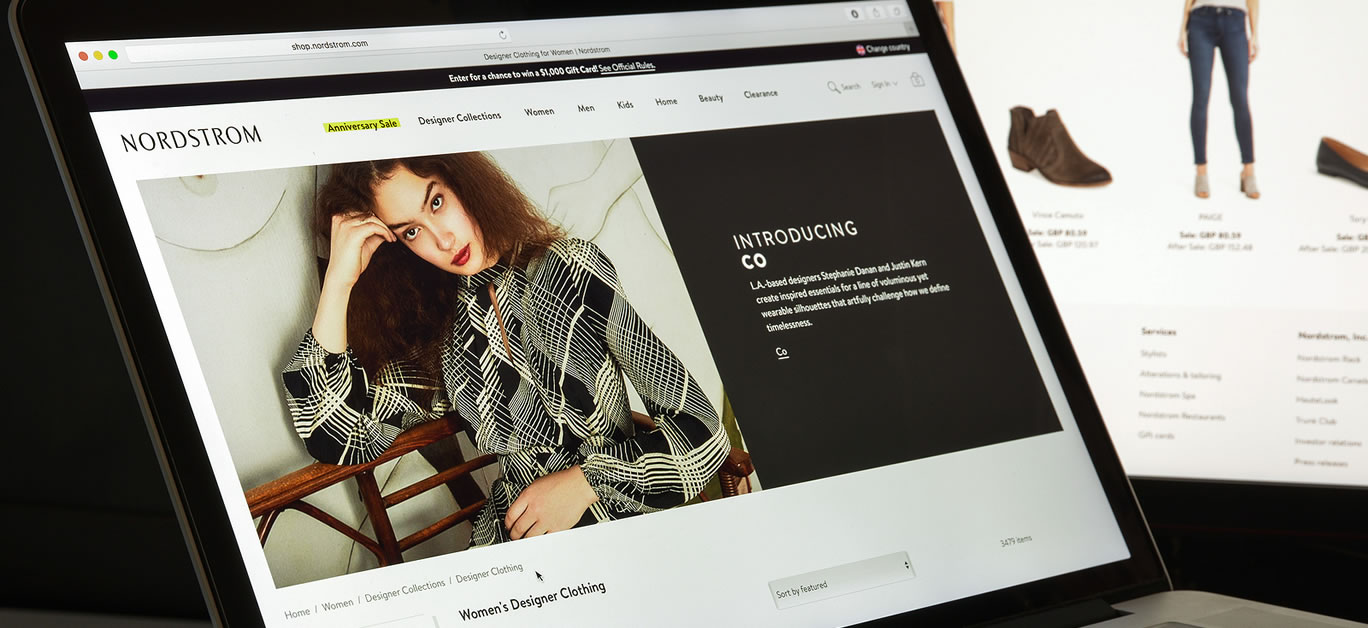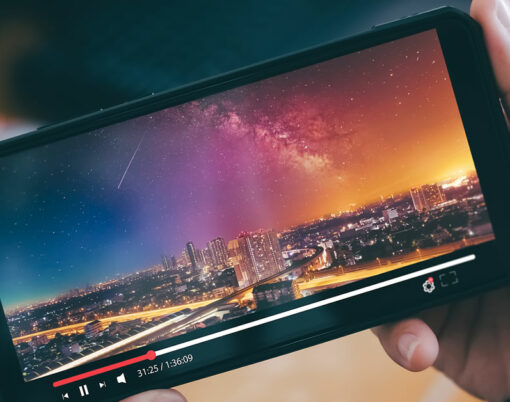There’s nothing quite as satisfying as restocking your wardrobe for the season ahead with all of the latest luxury designer must-haves. There’s just something about the high of a high-end splurge that we can’t quite seem to get enough of, and in 2021, we’ve been splashing the cash at our favourite online luxury fashion stores more than ever before. In just the first eight months from March 2020, we almost doubled our online spending on fashion from 16 to 29 per cent of total global revenue – and that was just for starters.
With the arrival of lockdown came a quick change from sophisticated work attire to laid-back loungewear – but according to a new report by AdRoll, that didn’t stop us from getting our credit cards out and shopping for new fashion to our heart’s content. Granted, there were probably more high-end pyjamas and tracksuits in our shopping carts than there ever has been previously, but anyone who takes their style status seriously knows that it’s just as important to look good at home as it is elsewhere.
With our usual bricks-and-mortar boutiques closed for business due to intermittent lockdown restrictions since the pandemic began, it’s perhaps unsurprising that our online spending has surged – and the trend has continued even now that life has returned back to relative normality. Brands have certainly had to work to keep our attention, with 78 percent thought to have ramped up their marketing campaigns over the past 18 months in a bid to reel us in – and many appear to have no plans to slow things down again anytime soon.
Mobile shopping

With nothing to do and nowhere to go, it’s no surprise that we spent more time scrolling our smartphones than ever before across 2020 and the first half of 2021, with a 20 per cent increase in the time we spent perusing our favourite apps. When you consider that previous studies have shown a strong correlation between the amount of time spent on a shopping app and the amount spent, it stands to reason that our splurges have been bigger and bolder in spite of widespread financial pressures, and we’re now valuing a seamless mobile experience and user-friendly apps, with our demand for impeccable customer service and all of the additional extras we need to feel special now higher than ever, too.
As a side-note, it seems our increased in-app time wasn’t limited to luxury shopping alone, either, with a plethora of online gaming trends emerging and new mobile entertainment options also successfully reeling us in. What can we say? We don’t like to be bored. And what better way to alleviate the feeling than by spending some money?
Long-term lounging
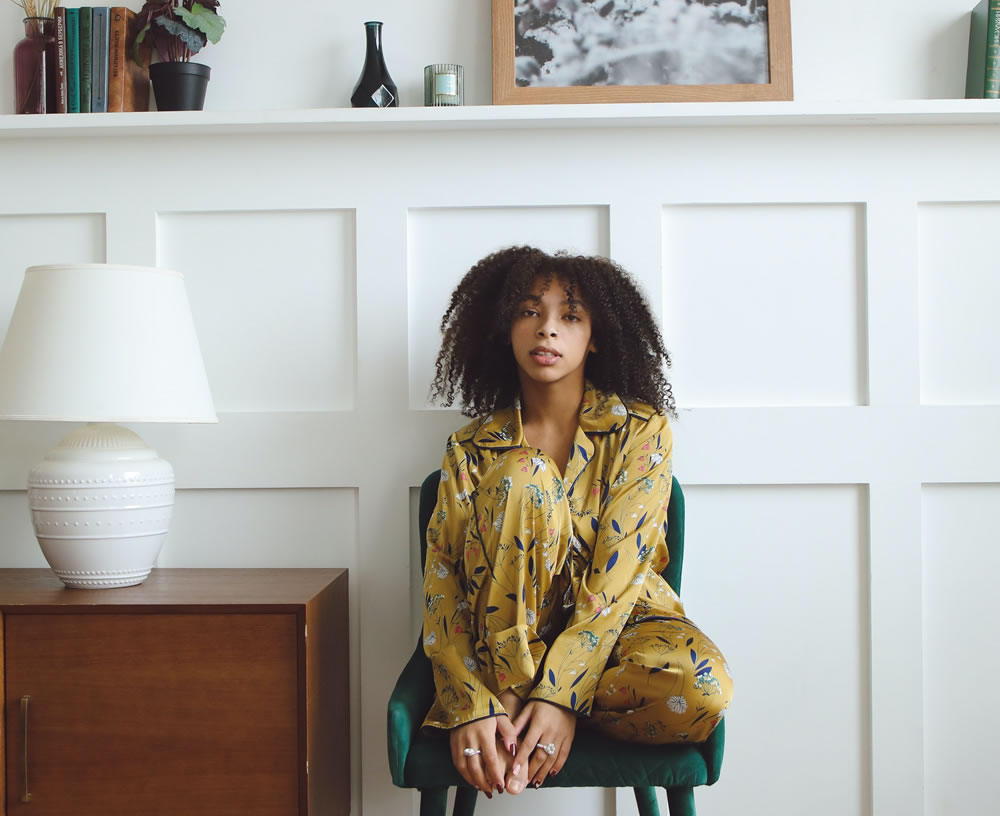
So, what were the most highly sought-after garments during lockdown? Loungewear, of course – and luxury brands know how to deliver quality off-duty styles without the need to compromise on quality. It’s just as well – because our demand for comfortable casuals increased 433 per cent year on year in 2020.
And it seems we have a new-found love for the dressed-down look that’s set to outlast the pandemic itself, with our spending on loungewear set to fuel almost $20 billion of growth globally by 2024. That’s a lot of Gucci sweatpants and Prada pyjamas.
As the lines between work and home life continue to blur, and home working looks set to stay for the long-term, we’re not willing to give up our extravagant off-duty outfits just yet – and who knows if, after experiencing what true comfort feels like, we ever will be?
Inclusive beauty
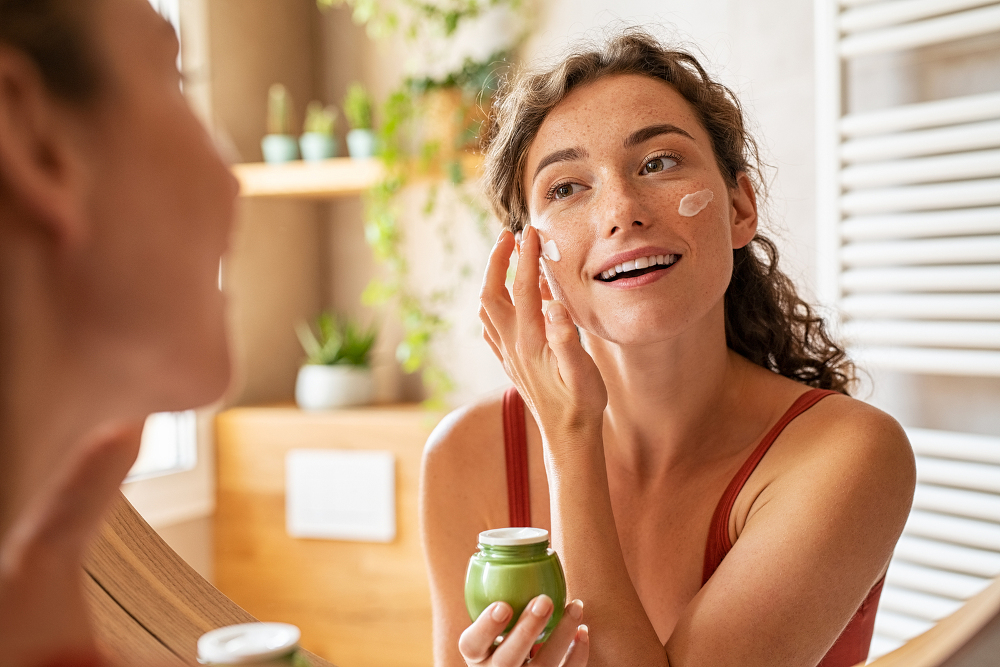
Our appetite for the traditional presentation of fashion is gradually receding, and it seems we’ve grown tired of the unrealistic body and beauty standards we’ve been fixated on as a result. Nowadays, we want to see real women modelling our clothes and natural beauty being celebrated as it should be – and our favourite brands have had to act fast in order to retain both our attention and our respect.
As we become increasingly conscious in the way that we shop, we’re turning away from brands that no longer align with our morals and ethics, and putting more thought into those we support.
Sustainable shopping
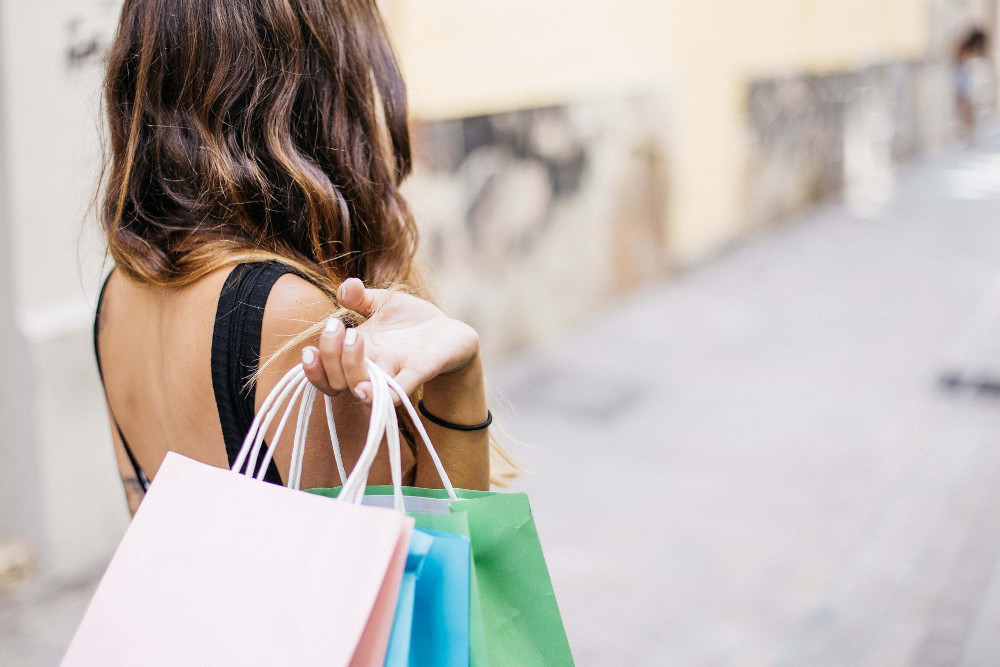
On that note, it seems we are paying more attention to sustainability credentials, too, and are asking more questions about brand practices, supply chains and the materials we choose to wear. We’ve officially turned our back on fast fashion and are looking to luxury designers that can meet our demands for more ethically sourced fabrics, fair working conditions and rates of pay for staff, and recyclable materials. We’re prioritising quality over quantity, stocking our wardrobes with timeless pieces we know we’ll still be wearing in years to come, and are no longer willing to bow to the pressure to never wear anything more than once.
In 2021, between 63 and 67 percent of us consider a brand’s stance on sustainability before we buy, and 50 percent of wealthy Generation Z-ers are now seeking out designer vintage online. Those numbers continue to grow by the day, and signify a widespread shift in the way we shop, and brands must adapt quickly if they are to continue measuring up.












